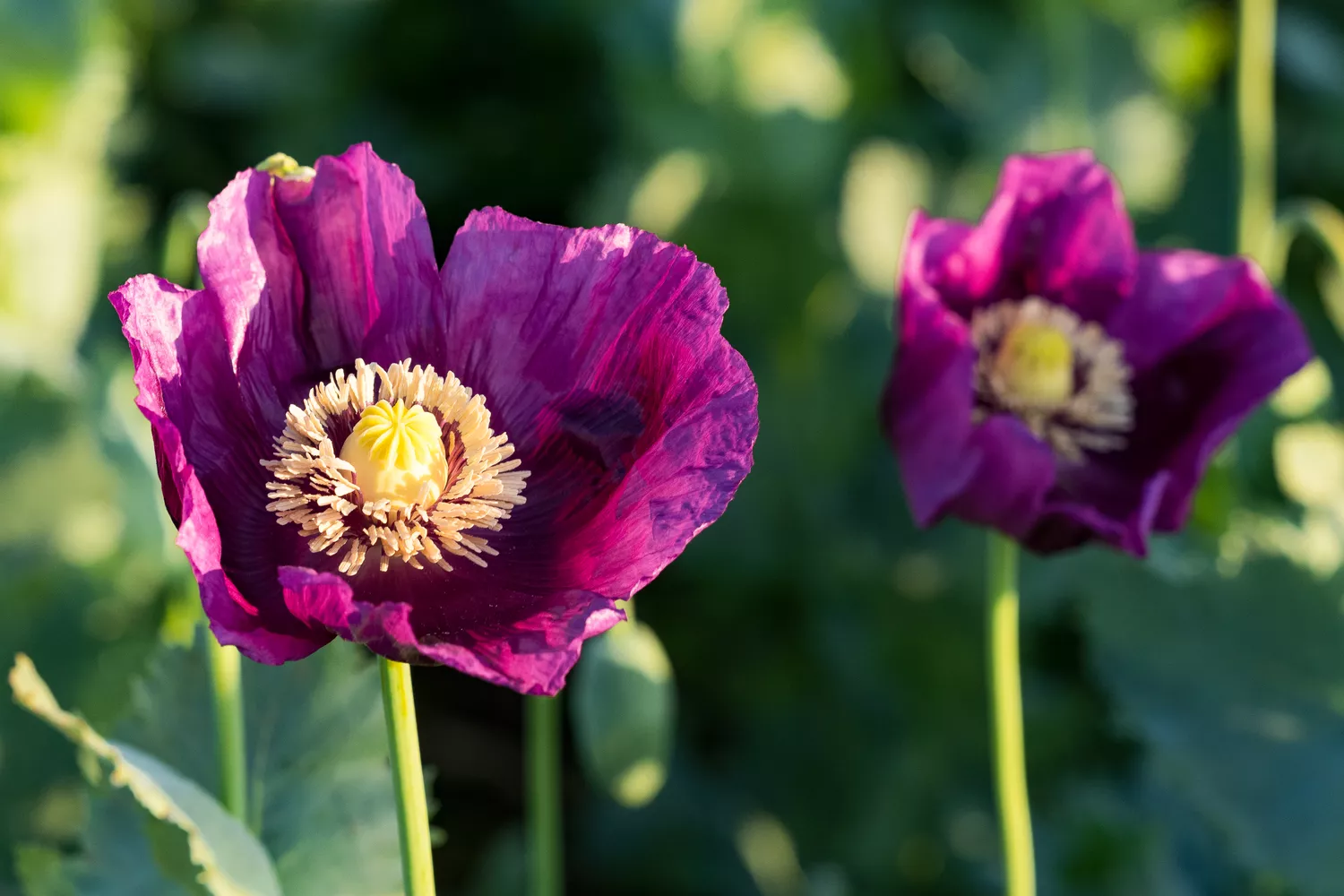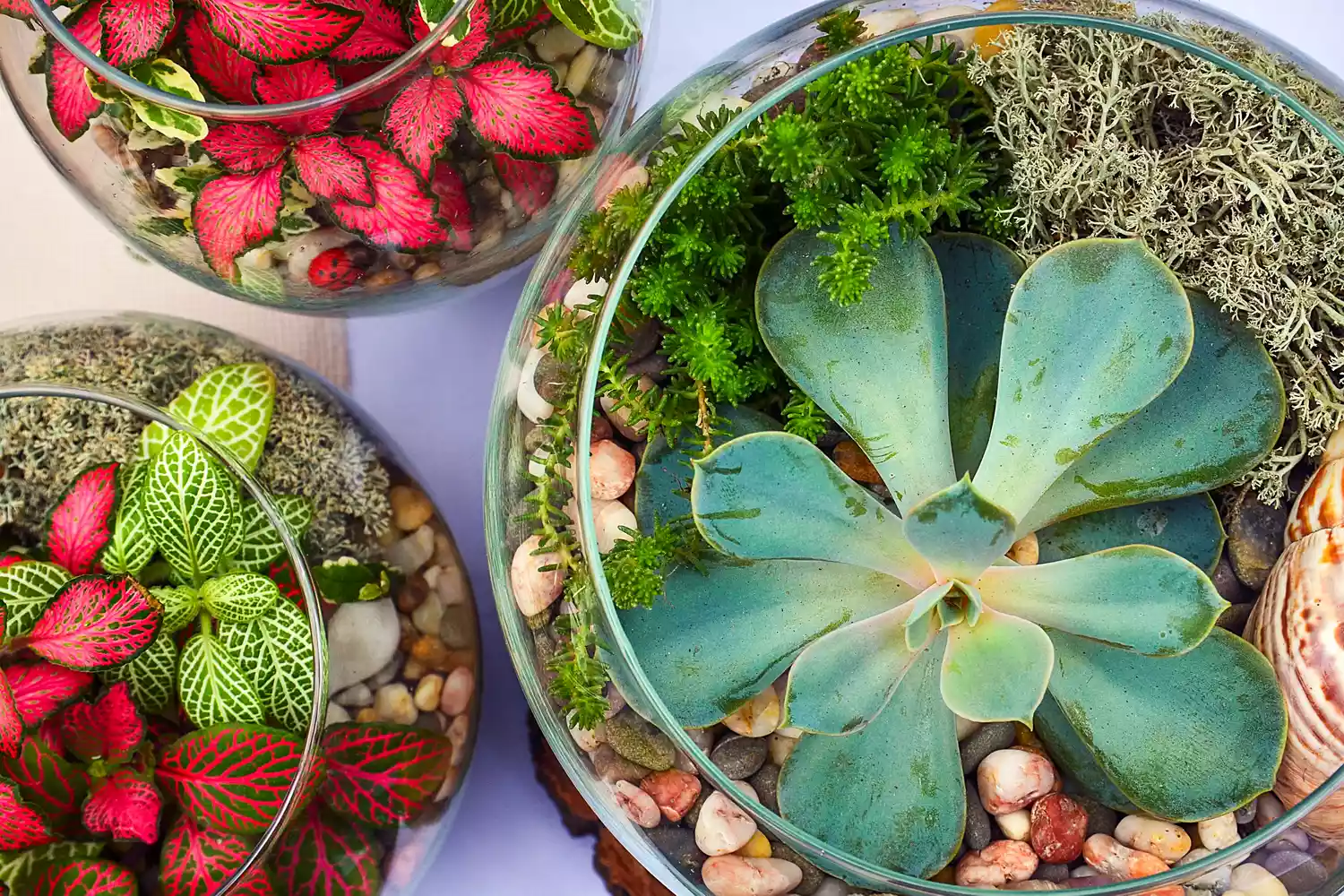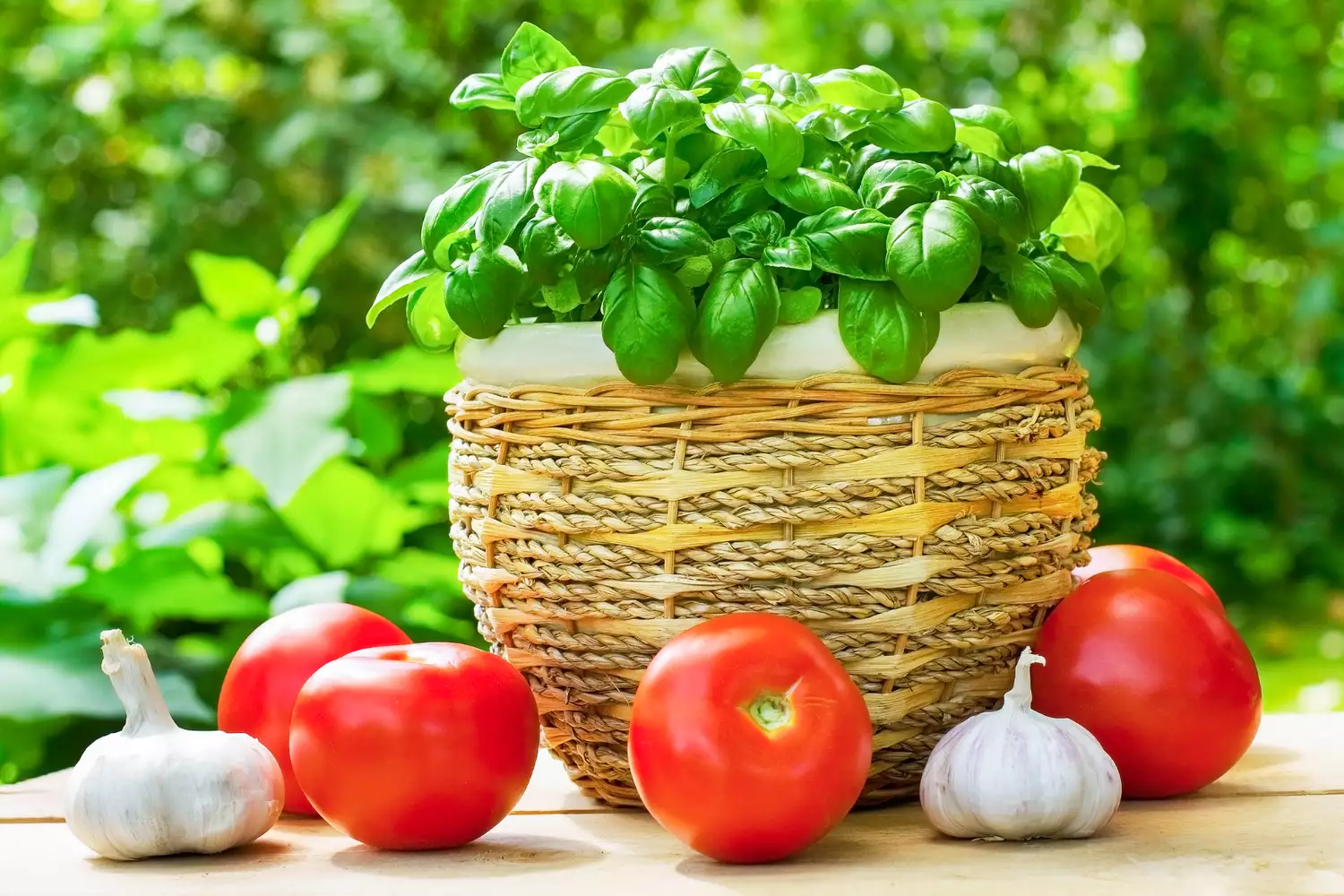
To assist you get motivated, we’re sharing the most aesthetically striking purple plants to grow now. Whether you’re looking for container plants to brighten up a veranda or vibrant foliage to fill in blank areas in a garden bed, these purple plants work for every type of garden enthusiast.
Martha grows allium, also called decorative onion, on her estate in Bedford, N.Y. No matter which one you plant, all allium are enjoyed by bees, butterflies, and other pollinators– and are bunny-, rodent-, and deer-resistant to boot.
Think about planting crocus for an early display of spring blooms. The seasonal plant comes in numerous tones of purple, from lavender and dark purple to purple-and-white stripes. “They can be planted in the yard, in containers, and in beds and borders,” states Montgomery.
There are lots of varieties of verbena that provide flowers in shades of purple, however ‘Homestead Purple’ (Verbena canadensis ‘Homestead Purple’) is a fan favorite. “This range has been around for many years and is somewhat durable,” says Adrienne Roethling, garden director for Paul J. Ciener Botanical Garden. “It likewise makes a great container plant.” The violet-purple flowers are small and tubular and start flowering in late May, lasting through your very first frost. For best survival opportunities, plant this variety of verbena in spring for proper root establishment.
Give your garden a tropical appearance by planting calla lilies (Zantedeschia aethiopica). “New varieties flower in the inmost tones of purple– almost black,” says Montgomery. “Their cost point is in line with other annuals, so I save myself the trouble and use them as annuals,” states Montgomery.
A popular tender seasonal, Persian guard (Strobilanthes dyerianus) grows similarly well in containers as it does in the ground. “It has actually been around for centuries and was a preferred throughout the Victorian era,” states Roethling. “Persian shield has purple stems producing metal purple leaves with darker purple veins.” If growing in containers, the plant must be brought inside throughout winter season where it will make a terrific houseplant.
Hyacinths (Hyacinthus) have actually been cultivated because the 17th century and have more than 2,000 varieties. “The flowers bloom in early spring and might bloom while there is still snow on the ground, making their saturated colors actually pop,” states Montgomery. “While each individual flower is little, they integrate to make a declaration when they bloom.” Hyacinths are a terrific addition to any cut garden and will fill your home with a wonderful scent.
‘Ruby Falls’ is a best example of a weeping purple leaf redbud,” says Roethling. The leaves, which emerge in mid-spring, are burgundy purple and remain throughout the summertime.
One of the most identifiable flowers on the planet and spring’s earliest bloomers, tulips (Tulipa) are offered in every shade of purple possible. “Some are light purple and some are a deep, lively purple,” states Montgomery. “‘Queen of the Night’ is such a dark purple it is almost black.” In addition to the flower’s wide color range, tulips are known for being low upkeep.
No other plant household comes in more tones of purple than iris, states Montgomery. “Unlike lots of plants, iris like to have their rhizomes at the top of the soil to get some sun and keep them dry,” states Montgomery.
A popular summer season flower, gladiolus is offered in a range of purple colors. “Some come in the inmost shade of purple, while some are purple with a white eye and whatever in between,” states Montgomery.



